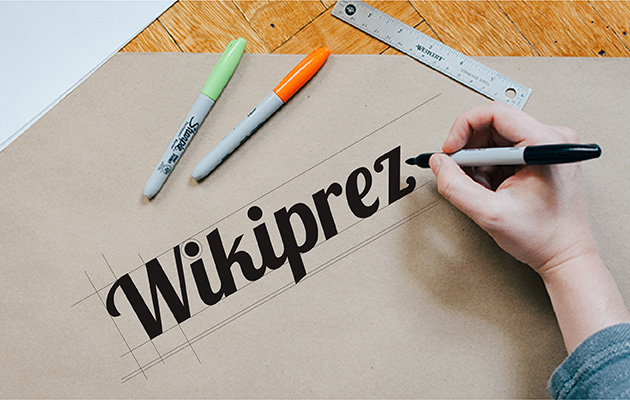 |
| Font Drawing and Making Adjustments |
01. Bitmap fonts
Bitmaps fonts contain characters consisting of patterns of dots. They differ from outline fonts in that they are at fixed resolution and cannot be scaled accurately. They can appear jagged. Therefore, there must be a separate font for each point size and resolution. For example, bitmap versions of times 10 and times 12 are separate fonts. This method of using different fonts for each size results in large file size and therefore greater storage needs.
02. Outline Fonts
Outline fonts describe each character in a font mathematically, as a collection of line and curves. Outline fonts can be viewed and printed at any size and resolution, and still retain their smooth quality. Truetype, Type 1 and Type 3 fonts can all be outline fonts, although Type 3 font appear most commonly as bitmap fonts.
03. TrueType fonts
Windows and Macintosh system 7 come with a basic set of true type font as a part of the operating system. These operating systems have True Type software, which rasterizes characters outlines to create characters for the display.
04. Type One font
The Type 1 font format uses a specific subset of the Postscript Language. when a postscript printer prints a type 1 font, it scale the outline character to the specific size and then rasterizes the outline.
05. Postscript Type 3 fonts
Another font format that you may encounter is postscript Type 3 fonts. These are the bitmap fonts, Such as NewYork or Geneva, used mainly by Machintosh for display only. These fonts always print as bitmaps, and not suited for high-quality outputs.
06. Open Type Fonts.
A new format, Open Type promises to help the industry to solve existing font problems, Open Type combines both Postscript Type 1 and Outline data and should allow you to choose any font you prefer. But OpenType is not yet widely available, and most service providers are not able to support it at the present time.
Fonts Handling
 |
| Start Drawing new Font |
Font handling remains the problem most often encountered when working with output service providers. It is not a very complicated problem at all. But it requires organization and attention. To ensure that your files are output correctly, your service provider has to have the exact font that you used to create your files. even if you think they have the same fonts you have, there could be small differences that will cause reflow font substitution. For this reason, the safest way is to always send your fonts with output files or embed the fonts on your files.
There are several reasons why you should include your fonts with your output files. The first is that different font foundries create a different version of fonts with the same name. Also, individual font companies have created updated versions of common fonts, so even a frequently used typeface like adobe's Helvetica has gone through several revisions. Also, users are free to change kerning of their fonts, and so even when two users have the same font from the same foundry, the type can flow differently.
There is, however, an important copyright consideration you must observe. The software agreement for most font states that the output service provider must own the licensed copy of the font used for output. If your service provider owns a copy, they are free to use your copy for output.
The next font issue is learning to tell the differences between the postscript type 1 font and true type fonts. In the theory, the only difference is postscript type 1 font has two components, a screen font and printer font As the name suggests, the screen font is used to display the font on the monitor, while the printer font is used for printer output. You must include both of these components when you sending a postscript type 1 fonts for output.
True type fonts include both the display and output information in a single font file, and so are easier to use and organize. However, True Type fonts often cause output problems on high-end Postscript output devices such as imagesetters. Some service providers have been able to solve this, but many companies still have problems with true type fonts. You should discuss this matter with your service provider before using True Type fonts.
 |
| Font Drawing with One Direction |
 |
| Handwriting Style Font |


Post a Comment
Please do not enter any spam link in the comment box.